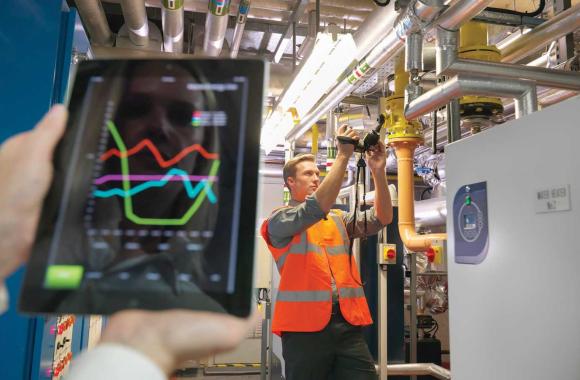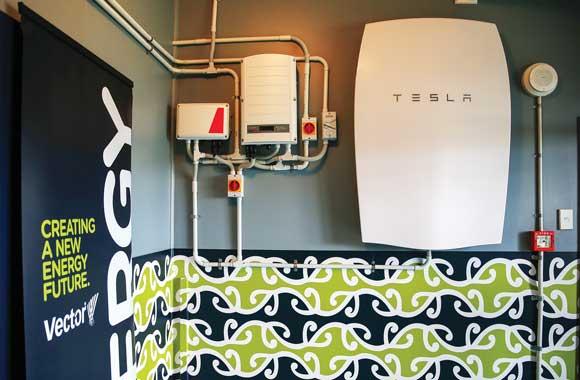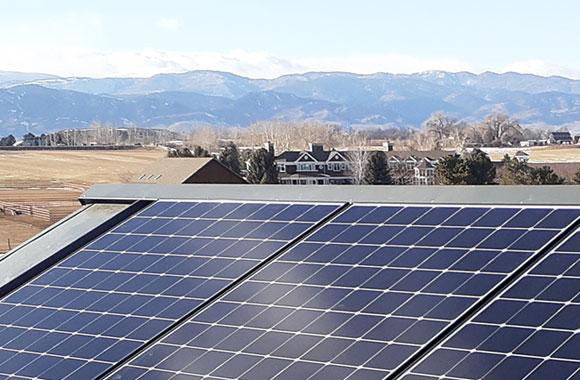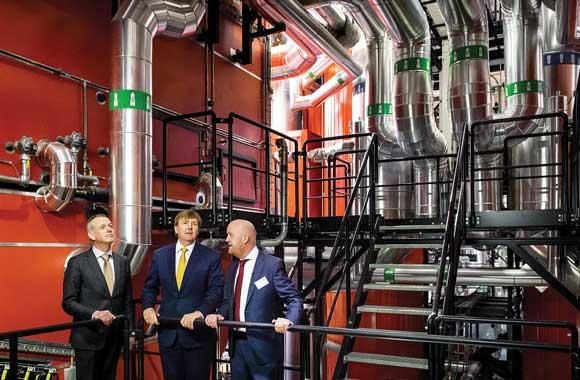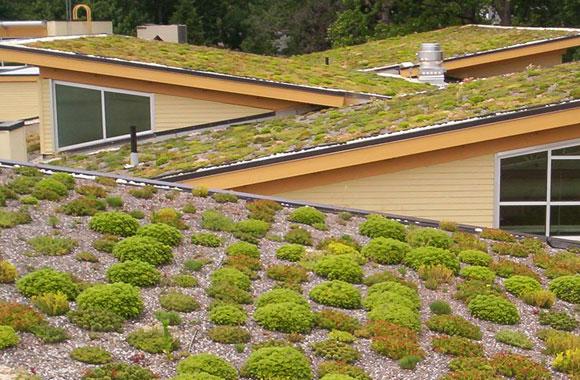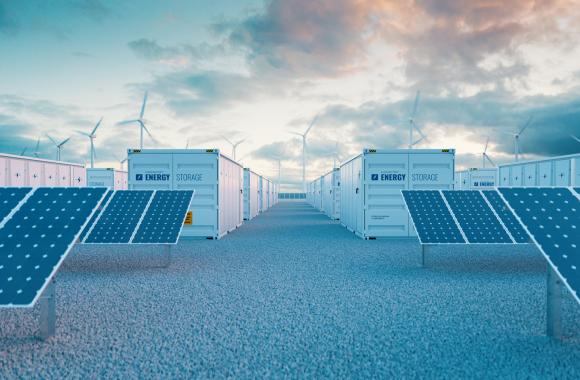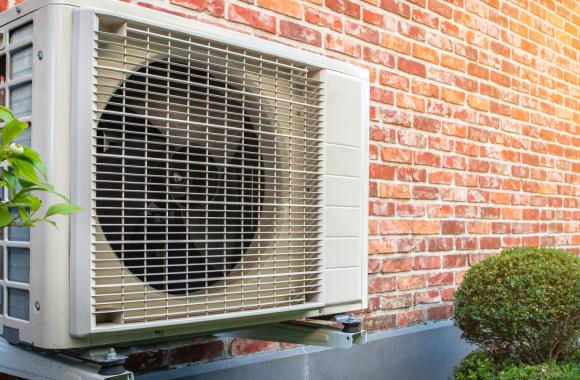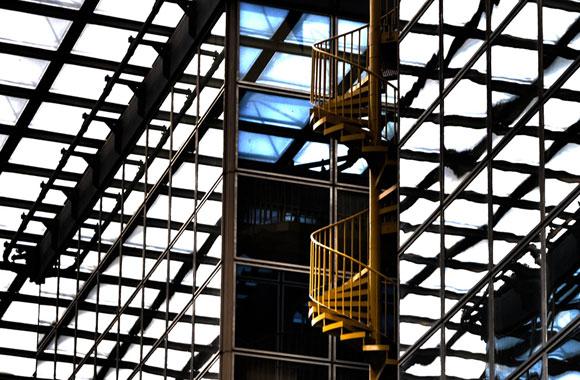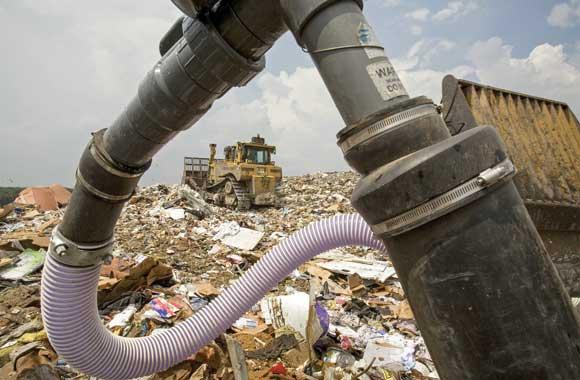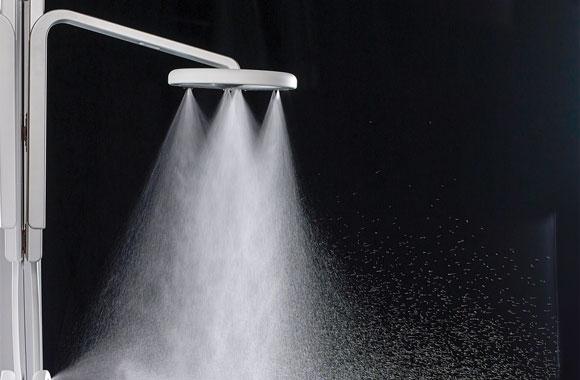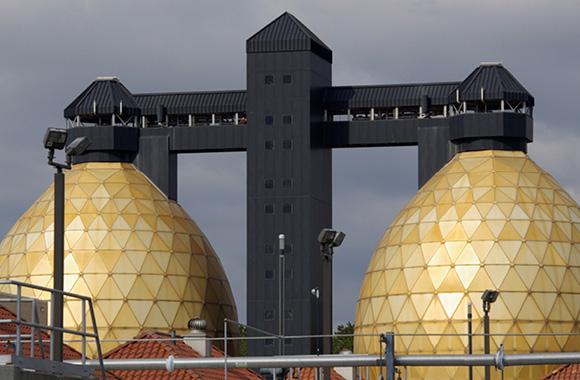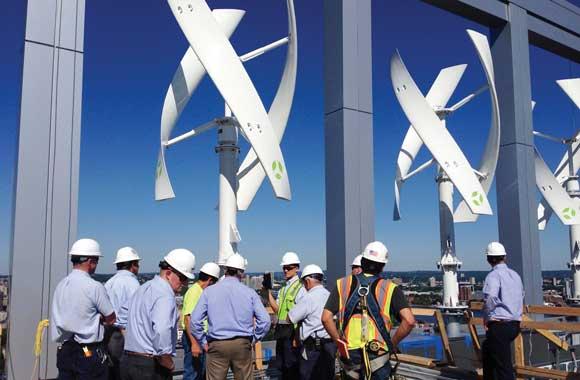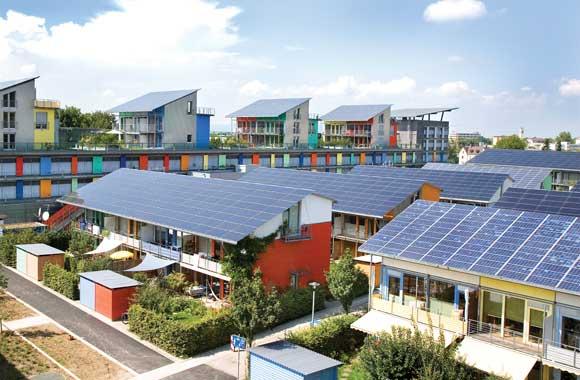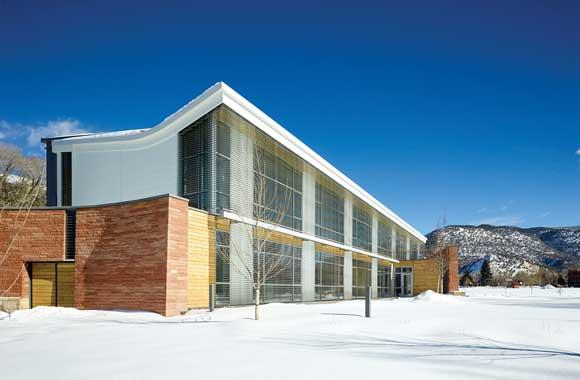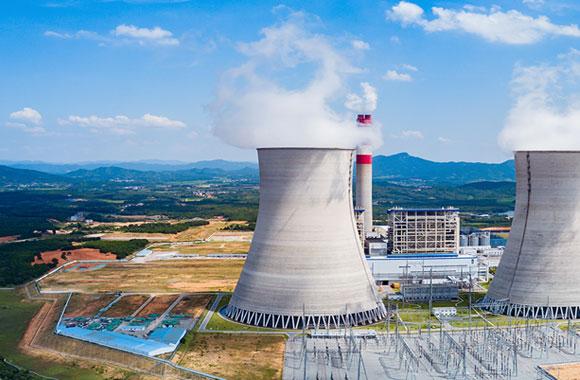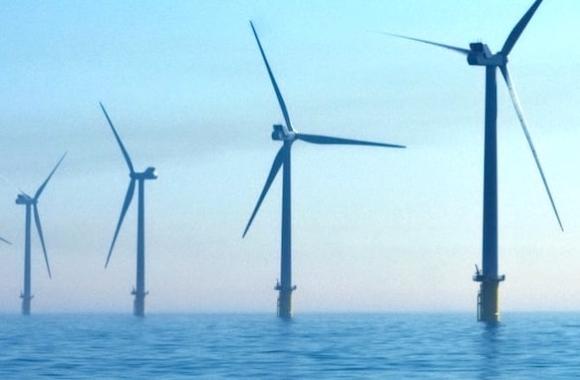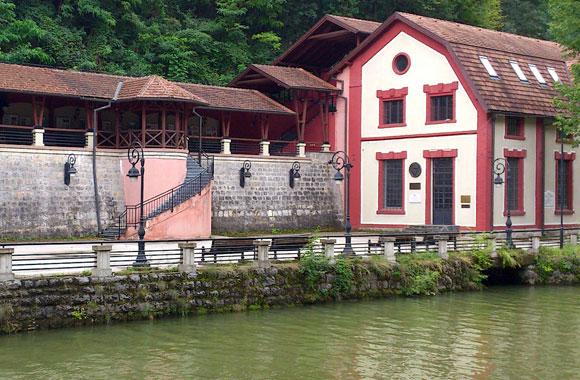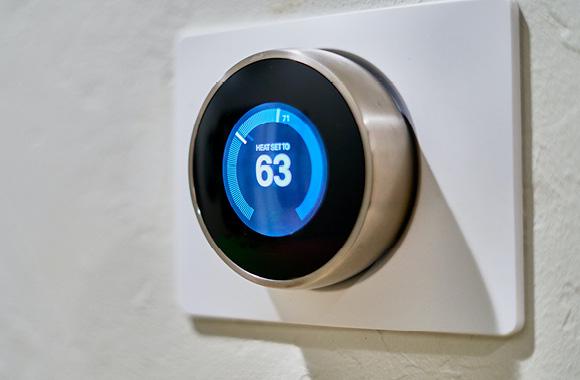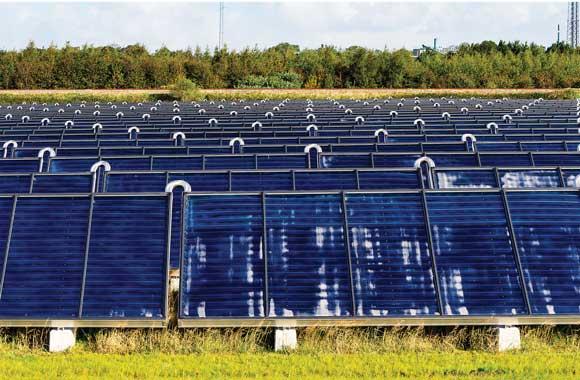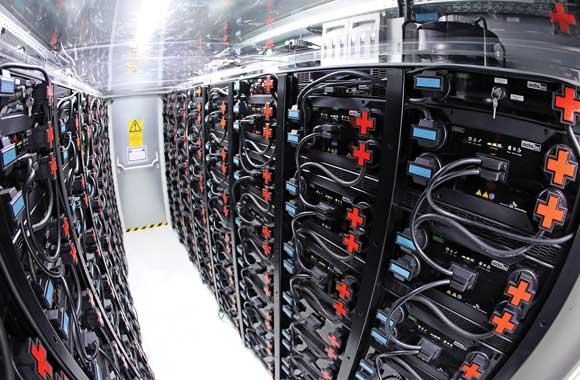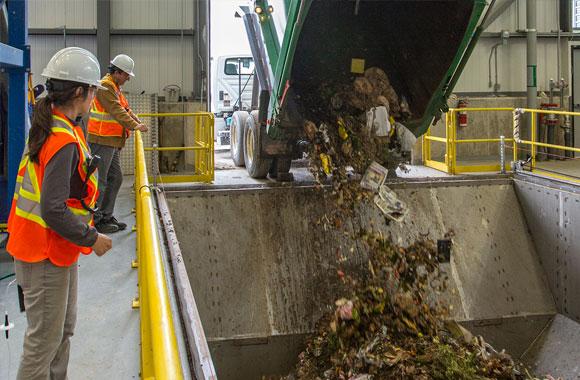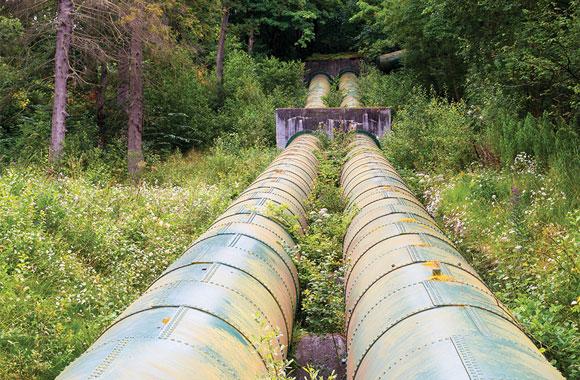LED Lighting
LEDs (light-emitting diodes) are the most energy-efficient bulbs available. Unlike older technologies, they transfer most of their energy use into light, rather than waste heat.
Reduced/Sequestered
2020–2050
To Implement
Operational Savings
Impact
We assume that LEDs will become ubiquitous by 2050, comprising 90–95 percent of household lighting and 80–90 percent of commercial lighting. As LEDs replace less-efficient lighting, 14.45–15.69 gigatons of carbon dioxide equivalent emissions could be avoided in residences and commercial buildings. Additional climate and health gains not counted here will come from replacing off-grid kerosene lighting with solar LED technology.
Introduction
Light-emitting diodes (LEDs) use 90 percent less energy than incandescent bulbs for the same amount of light, and half as much as compact fluorescents. By transferring most of their energy use into creating light—rather than heat, like older technologies—LEDs reduce electricity consumption and air-conditioning loads. LED bulbs cost more than either other type, but they last longer, too. And costs are decreasing as technology improves and adoption grows.
Project Drawdown defines our LED Lighting solution as the use of efficient LEDs in commercial and residential buildings. This solution replaces incandescent or fluorescent commercial and residential lighting.
LED lighting offers great potential to reduce greenhouse gas emissions in residential and commercial buildings due to the size of the lighting sector. Because they use relatively little energy, LEDs can be powered with small solar cells to replace kerosene lamps and their noxious fumes and greenhouse gas emissions. LED lighting is expected to take over the residential sector nearly entirely by 2050.
Methodology
We used the lumen, a measure of the visible light emitted by a source, as the implementation unit. The functional unit is lumen-hour, which describes the amount of visible light produced. For residential buildings, we compared only the lamps, not the entire luminaire (housing). For commercial buildings, we compared the entire luminaire.
Total Addressable Market
We estimated total lighting demand separately for residential and commercial buildings. These were based on our Integrated Buildings total addressable market model, which uses numerous sources to collectively calculate the total addressable markets of building floor area, roof area, lighting, and all other floor-area-driven total addressable markets used in the building sector. We subdivided the estimated areas by building type (residential and commercial) and by building region. From a total floor area estimate, we applied an estimated lighting demand per floor area from several sources, including the International Energy Agency, to get the annual lighting demand market for LED lighting household (37 petalumen-hours in 2018), and LED lighting commercial (62 petalumen-hours in 2018).
We estimated current adoption of the LED Lighting solution (the amount of functional demand supplied by the solution in 2018, with 2014 as the base year) to be 3 percent of the commercial lighting market and 2 percent of the residential lighting market.
Adoption Scenarios
We calculated impacts of increased adoption of LED lighting from 2020 to 2050 by comparing two growth scenarios with a reference scenario in which the market share was fixed at current levels.
- Scenario 1: LED lighting grows linearly to 90 percent of the residential market and 80 percent of the commercial market by 2050. Overall adoption is 163.45 petalumen-hours (82 percent of the total addressable market).
- Scenario 2: LED lighting grows linearly to 95 percent of the residential market and 90 percent of the commercial market by 2050. Overall adoption is 180.99 petalumen-hours (91 percent of the total addressable market).
Emissions Model
We included both direct grid emissions (with emissions factors from the Intergovernmental Panel on Climate Change, IPCC), and indirect production emissions, in our climate calculations. We weighted emissions from the conventional options by market share. Commercial LED systems generate 2.4 times as much indirect emissions as weighted conventional options, but residential LED bulbs generate less than their conventional counterparts.
Financial Model
All monetary values are presented in 2014 US$.
Net firsts costs averaged US$61 per kilolumen for commercial LEDs and US$17 per kilolumen for residential LEDs. This compares with a weighted average of US$42 per kilolumen and $4.70 per kilolumen, respectively, for conventional commercial and residential units. We applied a learning rate of 8.31 percent to the LED. Operating costs accounted for the price of electricity and differed for commercial and residential buildings and also for different conventional technologies. We did not include maintenance costs.
Integration
We integrated our LED solutions with others in the Buildings sector by first prioritizing all solutions according to the point of impact on building energy usage. This meant that building envelope solutions such as Insulation were first, building systems such as Building Automation Systems were second, and building applications such as High-Efficiency Heat Pumps and LED Lighting were last. As a result, the commercial LED energy-saving potential was reduced to represent the energy savings of the higher-priority solutions. We did not take integration effects into account in the residential model because no other Project Drawdown solution affected household lighting.
Results
In Scenario 1, we estimate the emissions reduction of LED lighting to be approximately 14.45 gigatons of carbon dioxide equivalent in commercial buildings and residences. The net savings to implement was US$1.89 trillion and net lifetime operational savings were US$4.14 trillion.
Scenario 2 shows a similar impact at 15.69 gigatons of carbon dioxide equivalent saved overall, at a net first savings to implement of US$2.16 trillion. This produces lifetime net operational savings of US$4.47 trillion.
Discussion
LED lighting’s financial potential, high luminous efficacy, and long lifetime should bring rapid adoption in the coming decades, realizing the emissions reduction potential. The purchase price of LED products is still hampering wider penetration of the technology in low income countries particularly, but the price is decreasing. Adoption assumes that buyers are aware of and have access to LEDs. Educational campaigns can help with the former, and global distribution should increase on its own as demand rises and prices fall.
LED lighting should soon offer even higher energy efficiency. In addition, LED lighting enables advanced lighting controls including dimmable lighting, various colors of light, and color tuning.
Despite the high purchase price, the total life-cycle costs of LED commercial lighting are typically somewhat lower than those of conventional technologies due to the low operating costs. The high energy efficiency, reduced operating costs, and reduced amount of greenhouse gas emissions are considered to be the main benefits of LEDs, but the much longer service life is also very attractive.
What You Can Do
Replace conventional bulbs in your home or workplace with LEDs.
Do the same for a friend or family member and share this page with them so they can learn about why you’re doing so.
- Expand your knowledge by exploring another Drawdown solution.
Co-benefits
LED lighting reduces air pollution by lowering demand for fossil-fuel-derived electricity.
Improved air quality is associated with the health benefits of improved respiratory and cardiovascular health. Improving the quality of the air humans breathe has been shown to reduce illnesses such as heart disease, asthma, pneumonia, diabetes, stroke, and lung cancer.
Improving air quality can prevent thousands of premature infant deaths caused by exposure to poor air quality
Air pollution disproportionately affects marginalized communities. Improving air quality by implementing LED lighting could improve equity across populations.



